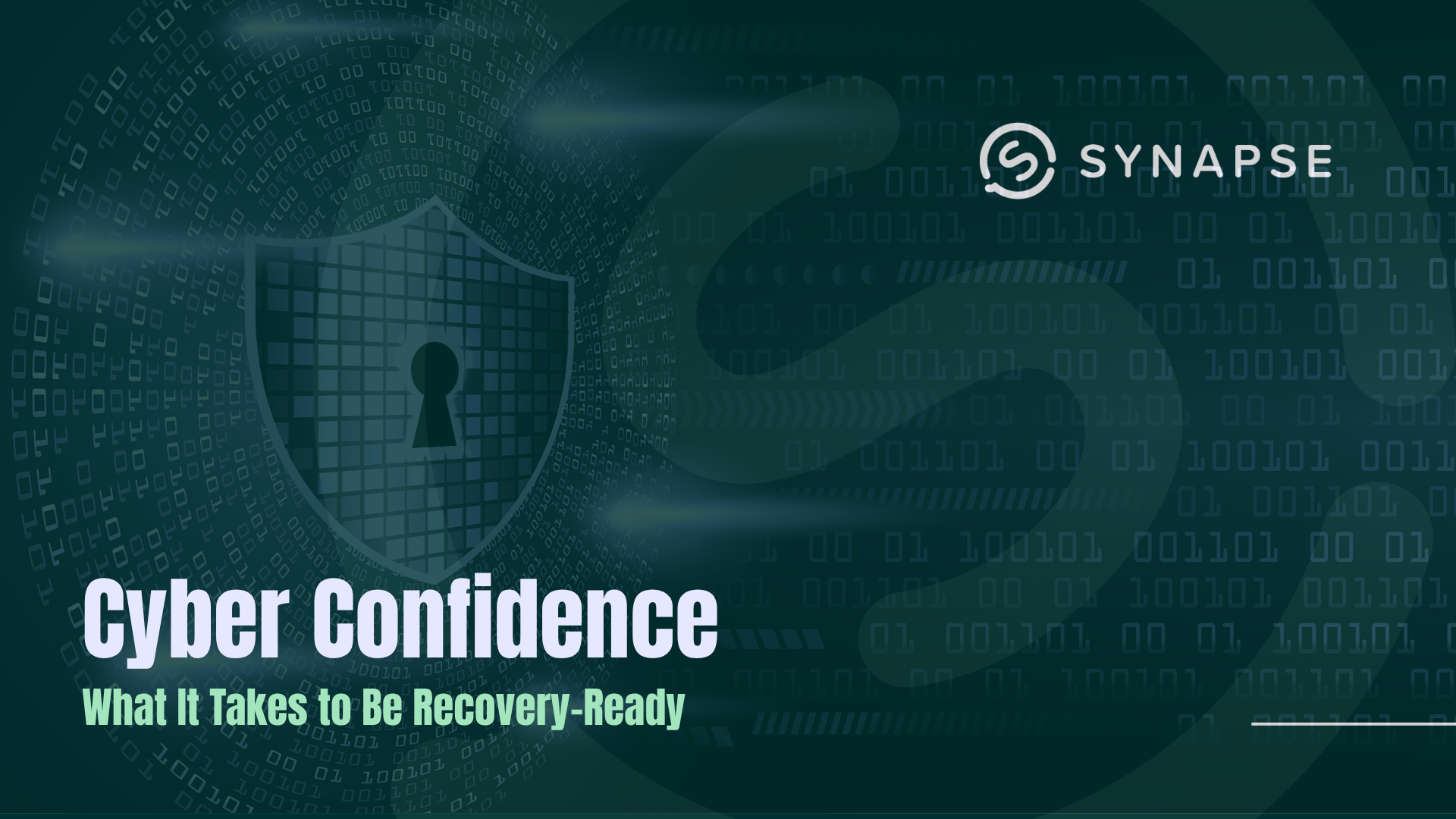
A disaster recovery plan is no longer a want, it is a necessity for small and medium-sized enterprises (SME’s). The rise in cyber-attacks, specifically ransomware, has significantly increased the risk of data loss and business disruption for smaller firms. Moreover, SME’s are not immune to risks in their software and digital supply chains.The UK Government have also recognised the importance of disaster recovery plans for SMEs. Entities like the UK National Cyber Security Centre (NCSC) have published guidelines to help SME’s enhance their protection which can be found here: Small Business Guide: Response & Recovery - NCSC.GOV.UK. Whilst these guidelines are primarily focused on cyberattacks, disaster recovery planning is equally critical for addressing other risks, such as natural disasters, power outages and failures in technology.The principles of disaster recovery for SME’s are not dissimilar to that for larger enterprises. SMEs must have a clear understanding of where their business-critical data lies and ensure that is regularly backed up. Additionally, they need to establish systems for recovering key applications, whether locally or in the cloud. They also need to clarify the speed at which they must recover.However, there are some unique challenges that SMEs face opposed to larger companies and there are some limitations in terms of budget, skills and experience.
Here we outline some of the key disaster recovery requirements for SMEs:
Data Backup and Recovery: SMEs must ensure they can restore their data from backups and bring replacement systems online to run their applications. These systems could be located on-site, in the cloud, or in a hybrid setup. Determining Recovery Time Objectives (RTO) and Recovery Point Objectives (RPO) is crucial.Resource Constraints: The primary differences between SMEs and larger organizations revolve around resources, including budgetary constraints. SMEs often have fewer physical resources, such as servers, storage, and networking equipment, as well as critical supporting infrastructure like high-capacity internet connections, power, and cooling.Personnel and Experience: SMEs typically have fewer layers of management, so responsibility for disaster recovery often falls to individuals like the head of IT, finance director, or business owner. These individuals may have less experience in handling disaster recovery situations compared to larger enterprises with dedicated incident management teams.Infrastructure: SMEs may lack secondary locations for data recovery in case of a disaster. However, moving critical systems to the cloud can mitigate some of these challenges, especially with the growth of remote working and improved mobile technology.Skills Shortages: Smaller enterprises often struggle with a shortage of skilled personnel dedicated to disaster recovery planning. Having a well-documented plan that everyone understands is crucial for success.
Leveraging the Cloud for Disaster Recovery:
The cloud offers an attractive solution for SMEs looking to enhance their business continuity strategies. It provides low or no upfront costs, scalability, and a range of cloud-based backup and disaster recovery tools. However, SMEs must carefully consider factors like the cost of storing data in the cloud, data protection in the cloud, and whether to move workloads permanently or temporarily to the cloud.Why not discuss your disaster recovery plan with our experts? Speak to us today. Speak to an expert - Call us on 0330 660 0001 or email hello@synapse360.com
Blog & Articles
Posts



